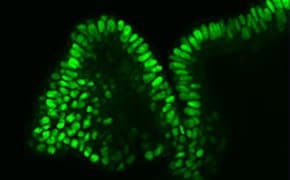3D Cell Culture Techniques

Cells naturally grow and differentiate in 3D environments. Improved 3D cell culture models can more accurately replicate the native tissue environment to provide meaningful scientific conclusions. We offer a broad portfolio of solutions for 3D cell culture including products for supporting spheroid growth, scaffolds, hydrogels, organoids, ULA plates, and other cultureware.

Hydrogels
Cells embedded in 3D hydrogels can polarize, differentiate and have functional attributes that more closely resemble physiological tissues. Choose naturally derived hydrogels or reconstitute a hydrogel from synthetic materials to develop predictive cellular models.
Scaffolds for 3D Cell Culture
Cells grown on structural scaffolds engineered to mimic the ECM can be powerful, predictive models of physiological processes. Our wide range of advanced 3D cell culture scaffolds includes nanofiber, collagen, polystyrene, and polycaprolactone materials.

Explore More Categories
Organoids are in vitro models that closely replicate the complex physiology of native tissues while also being accessible, reproducible, and scalable like traditional culture methods. Choose colon organoids, lung organoid culture systems, and patient-derived organoids from our biobank.
Products
To continue reading please sign in or create an account.
Don't Have An Account?